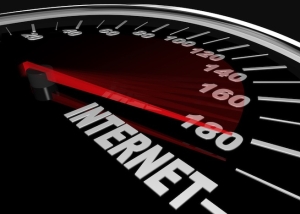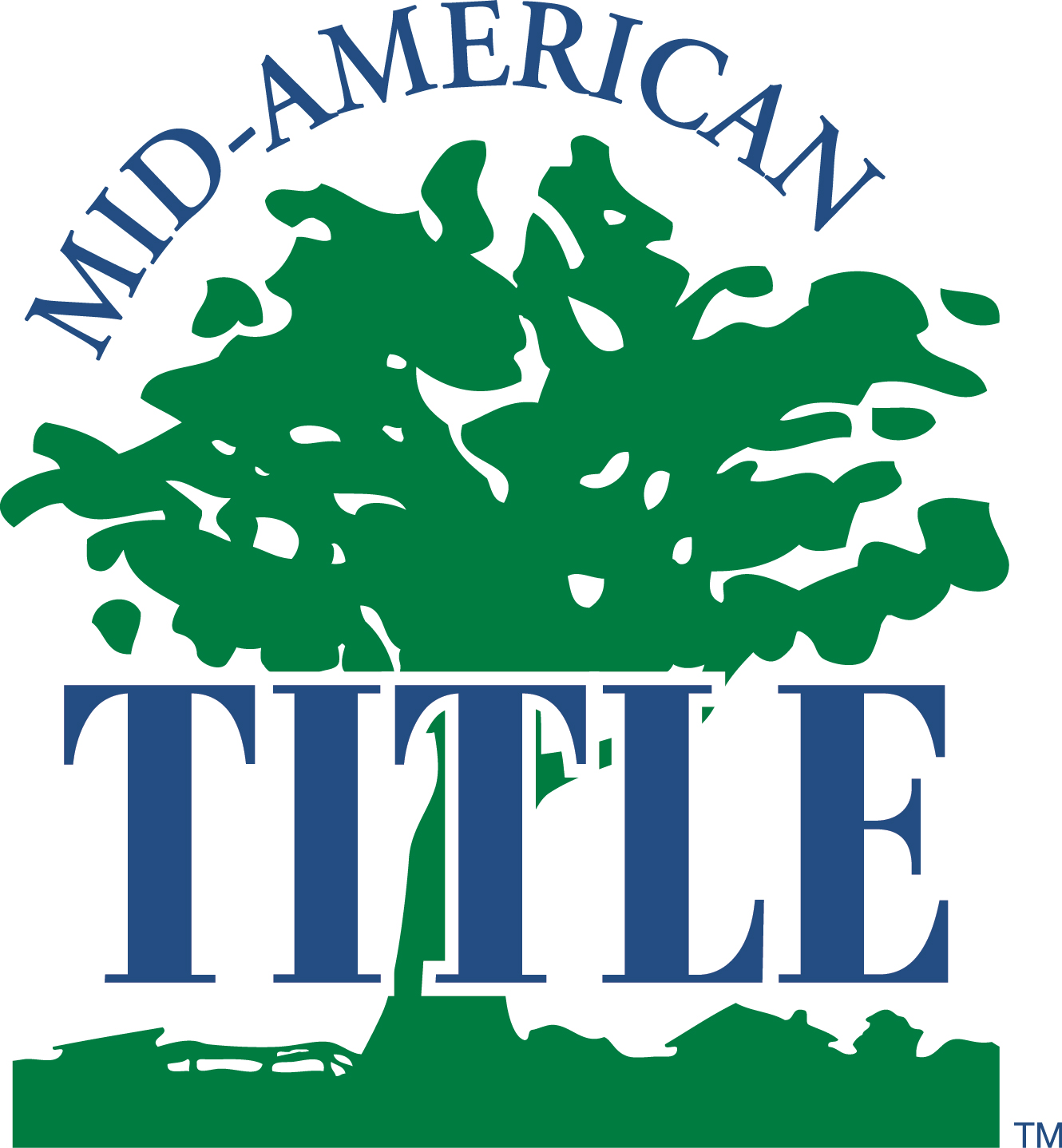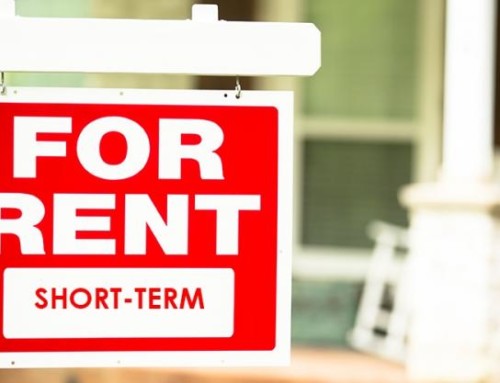In a handful of U.S. cities, residents enjoy Internet speeds one hundred times faster than the national average. Home and business owners in places like Chattanooga and Kansas City – connected to a 1-gigabit-per-second fiber optic network – can download HD movies in seconds, operate cutting-edge medical and technology firms and tap into optimized city electric, utility and parking meter systems. They also pay rates comparable to – or less than – those charged by standard broadband providers.
Could Traverse City become the next “tech city” to have those capabilities?
The scenario isn’t as far-fetched as it seems – and several city leaders are pushing to make it a reality. “Traverse City Light & Power already has this investment (in a fiber network),” says City Commissioner Gary Howe. “It’s just a matter of taking the next step… and developing a business model to turn it into a revenue stream.”
Howe is referencing a $1.8 million partnership project in 2008 between TCL&P and Traverse City Area Public Schools (TCAPS) to construct a dark fiber network in the city. Several organizations – including TCAPS, Grand Traverse Area Catholic Schools, Munson Medical Center and the Governmental Center – are now connected to that network, able to communicate internally and with one another in a closed system.
The fiber was “lit” with an Internet connection for the first time last year, when TCL&P and the Downtown Development Authority (DDA) partnered to offer free WiFi downtown. Now the city-owned utility is exploring lighting more of the network, as well as expanding it – a move that could eventually make it possible for every household in TC to have high-speed fiber optic service.
TCL&P Technical Director Scott Menhart estimates that “full deployment” in Traverse City would be a $15-25 million project. “The idea is that we’ll give you 1,000 megabits for the same price you’re getting 60 megabits now,” says Menhart, adding that 10-gigabit service could be possible for businesses or residences with high data-processing needs. In “smaller footprint” communities like Traverse City, says Menhart, fiber optic service is unlikely to be available anytime soon from major broadband providers like Charter or Time Warner Cable. “It’s too costly for them (to upgrade their infrastructure),” Menhart explains.
TCL&P could either bond out a full deployment project – building the network all at once – or use a phased approach, progressively lighting up certain commercial parks or residential neighborhoods. Though a costly undertaking in either scenario, TCL&P Executive Director Tim Arends says having a lit fiber optic network would be “extremely lucrative” for the city.
“It would very likely double our business,” says Arends, noting that the project could significantly boost the city’s general fund, which receives five percent of TCL&P’s revenues. “It could take us from a $34 million utility to one twice that size.”
A February Federal Communications Commission (FCC) ruling declared Internet service a public utility, allowing municipalities to compete with for-profit businesses to provide Web access. While Arends says TCL&P might normally be “concerned about competing” with private sector providers, he also says customer demand is high for connectivity options. “We are hearing from people that they’d like to see some competition, because prices are so high,” Arends says.
John DiGiacomo, who owns Internet and intellectual property law firm Revision Legal and advised on the WiFi project as a DDA board member, says a lit fiber network would “attract a whole new class of start-ups” to Traverse City. “It opens the door for new business models that would otherwise never locate in TC, which are the types of industries we need,” he says. Howe also believes the network could “put Traverse City on the map,” allowing the region to compensate for its geographic isolation by providing high-tech infrastructure.
One-gig Internet speeds could also help bolster the tech industry that’s already here: Last week, Paypal named the Traverse City-Cadillac area number four on its list of fastest-growing SMB (small and medium business) markets for online commerce.
For Arends, the primary challenge for TCL&P in tackling a full fiber optic deployment would be ensuring the utility continues to meet its “core responsibility” of providing reliable electric service. However, he says the TCL&P board in January will discuss the next step toward expanding fiber optic service, including a potential pilot launch to a business or residential district.
“The network has been primarily used so far for municipal purposes, which is useful, but it may be time for that next stage,” Arends says. “We just have to be committed as a board to staffing the utility appropriately, so we can fully support both operations.”








